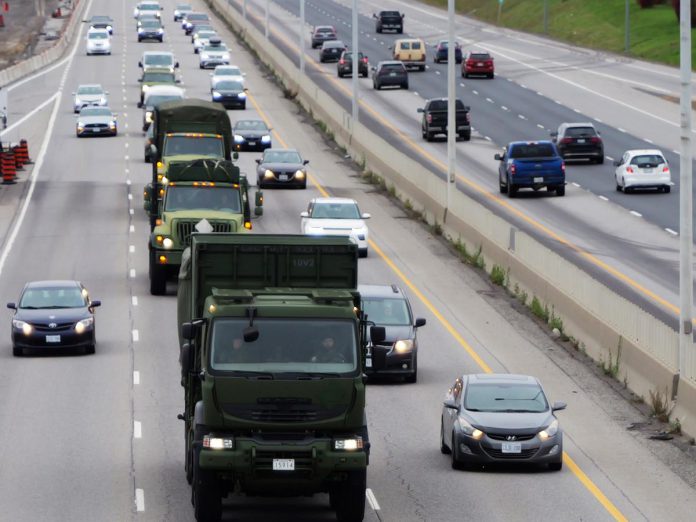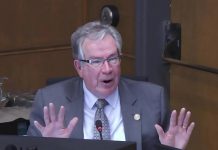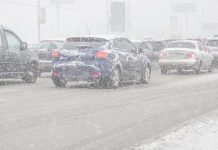
If you see military vehicles and soldiers with weapons on highways in the Kawarthas region over the next two weeks, there’s no need to be alarmed.
Canadian Army Reserve personnel and vehicles from across 4th Canadian Division will be conducting convoy operations as they travel to Camp Worthy, a major Royal Canadian Armoured Corps field exercise, which is happening at Garrison Petawawa from Friday, August 16th to Friday, August 30th.
During this time, you may see Canadian Army vehicles travelling on various highways in southern and central Ontario including the 401, 407, 115, 28, 62, 66, and others. On the way to Garrison Petawawa, the military traffic will follow planned routes between Windsor, Sarnia, London, the Greater Toronto Area, and Oshawa, and will also transit Peterborough, Barry’s Bay, and Bancroft.
Participating personnel will conduct planned short stops as well as longer halts throughout the duration of the road moves, stopping for rest, fuel, scheduled maintenance, and other training.
Residents and motorists may see uniformed Canadian Army personnel with unloaded weapons travelling on area roads and highways. The participating soldiers will not be carrying any ammunition.
“All measures are being taken to ensure minimum inconvenience in these areas during the exercise dates, and members of the public are asked to take extra caution when approaching military vehicles and are thanked in advance for their understanding and co-operation,” reads an announcement from the Canadian Armed Forces.
The 4th Canadian Division is one of the Canadian Armed Forces’ five major formations and is responsible to provide combat-ready land forces, conduct general purpose training in preparation for various land operations and to provide support services to other organizations
The training exercises support year-round preparations for international operations and maintains the division’s readiness to support partners and allies overseas with trained and professional soldiers.
The exercises also help maintain readiness to respond to emergencies in Canadian communities, including natural disasters like flooding and wildfires.


























